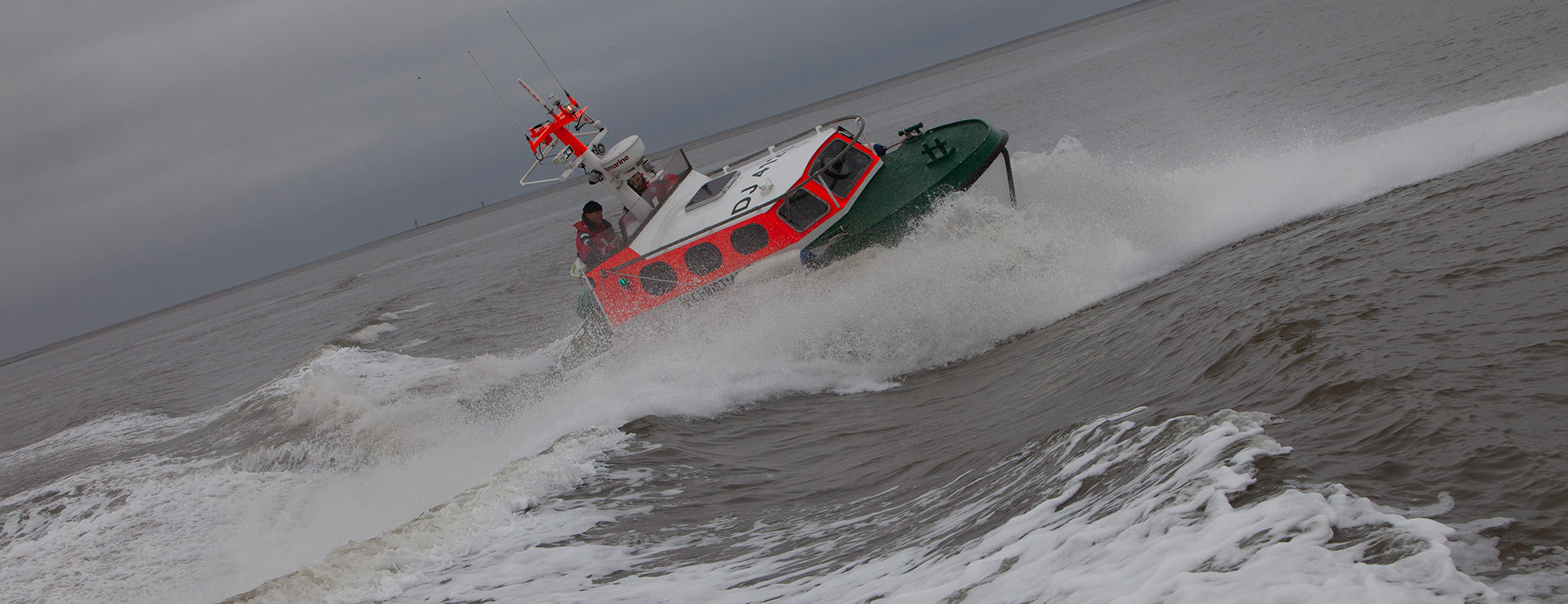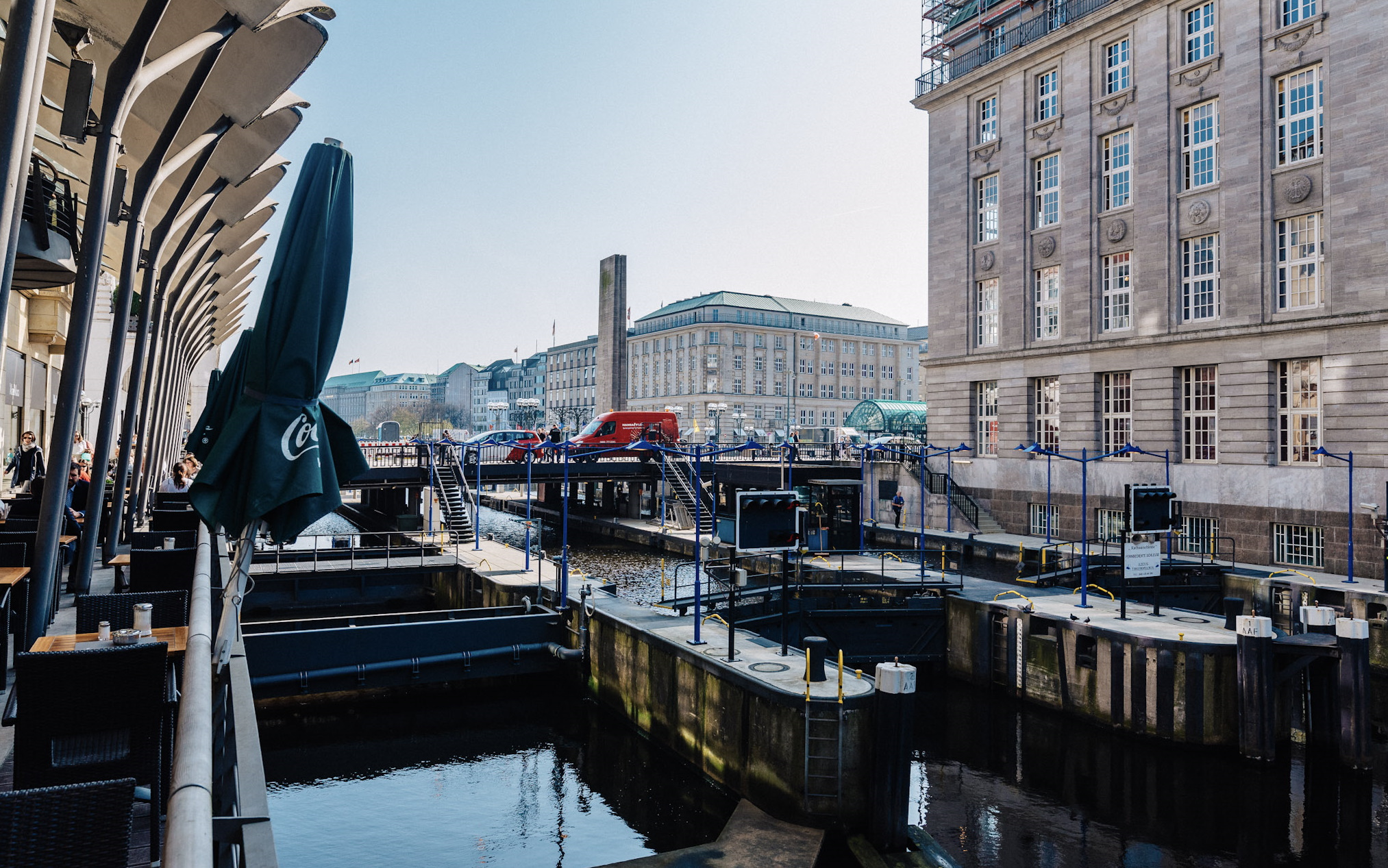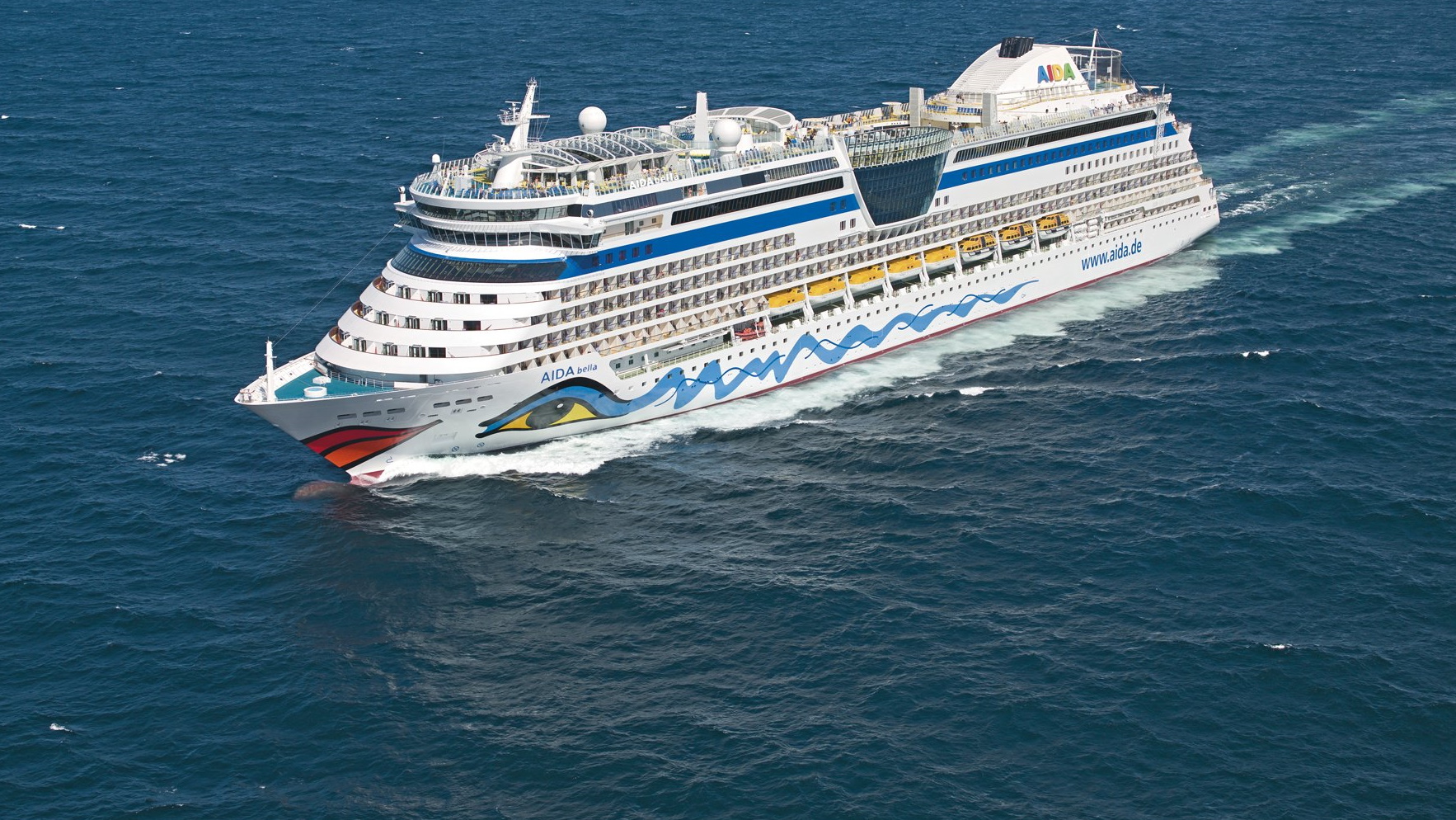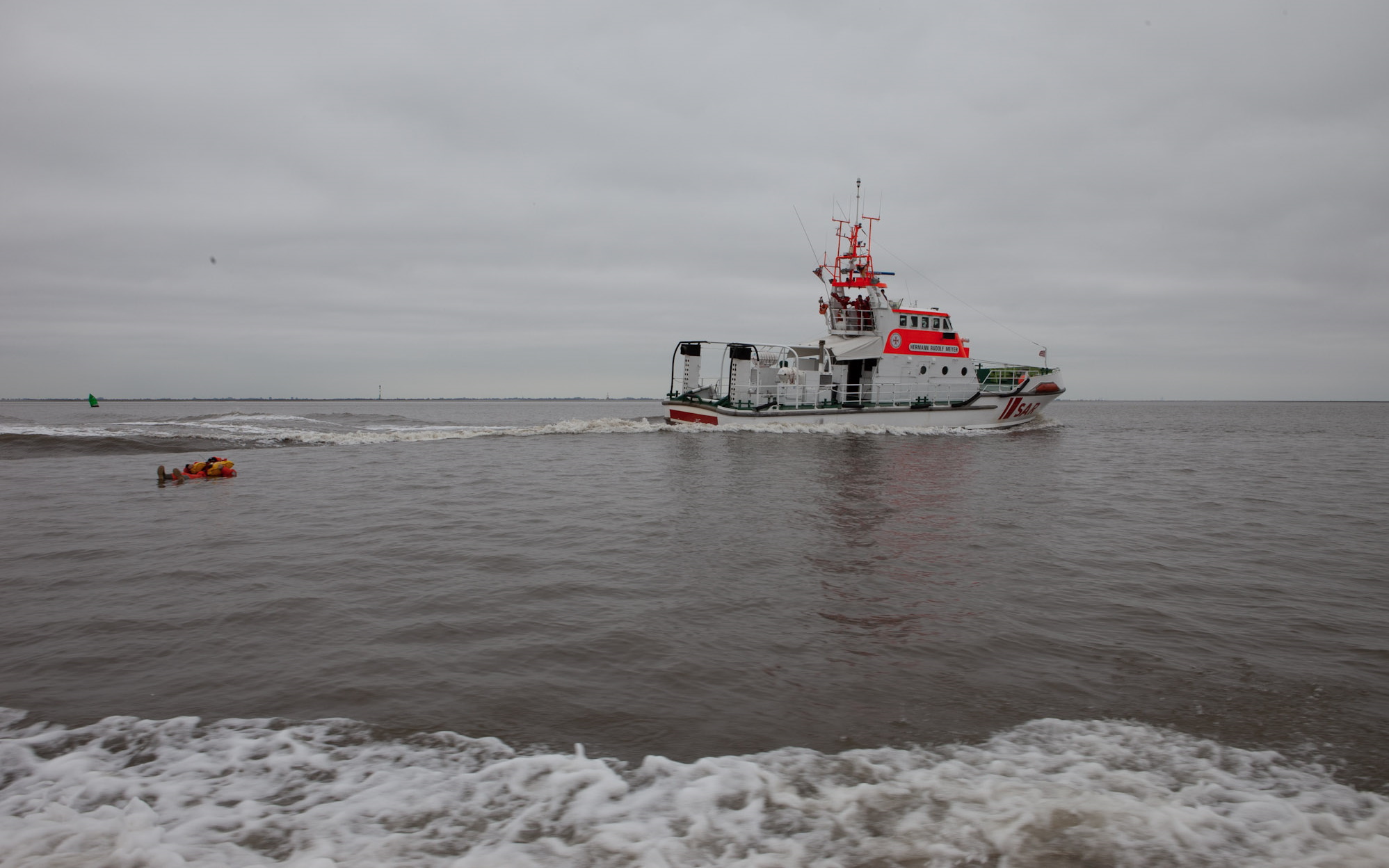
Rescue service at sea
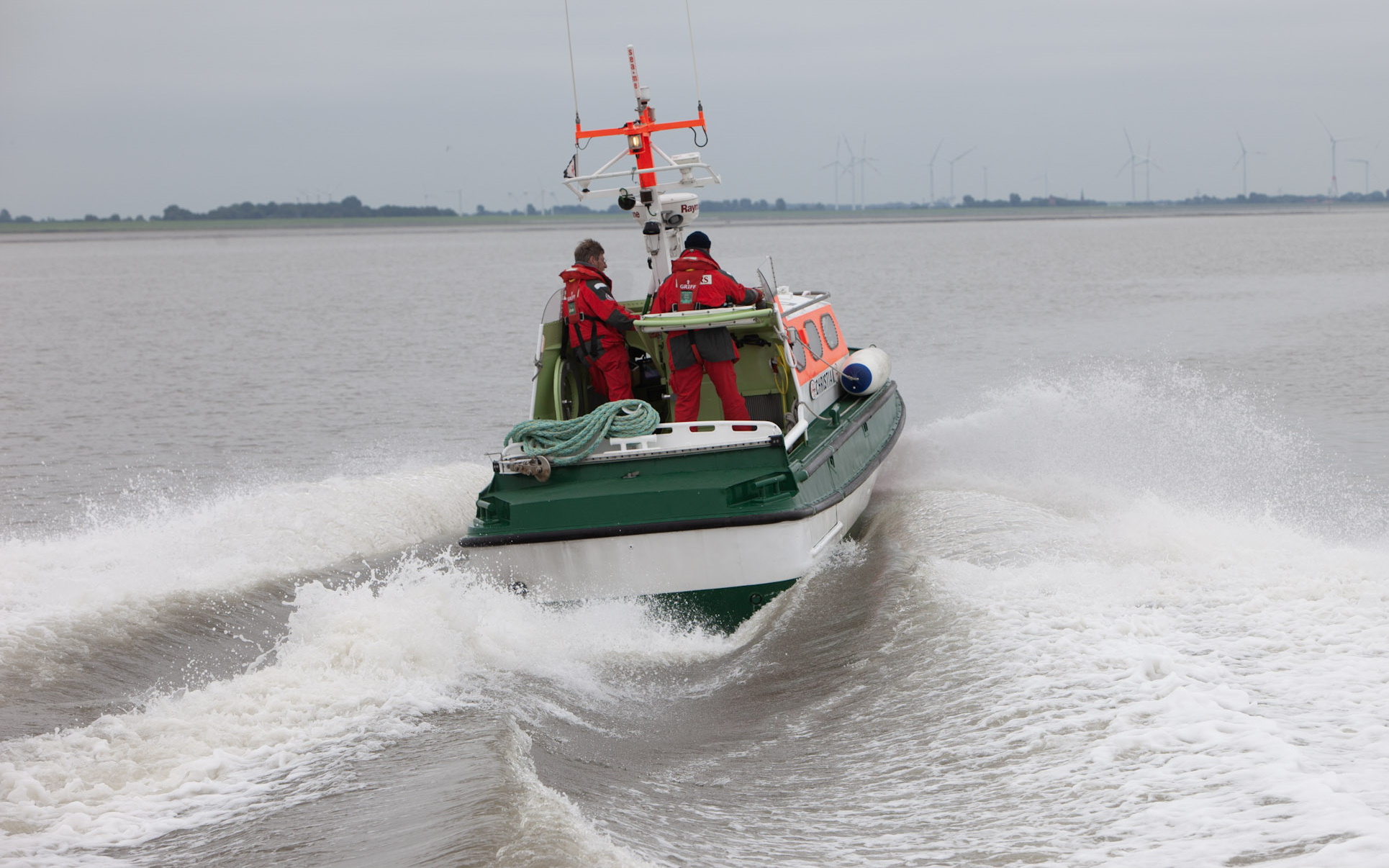
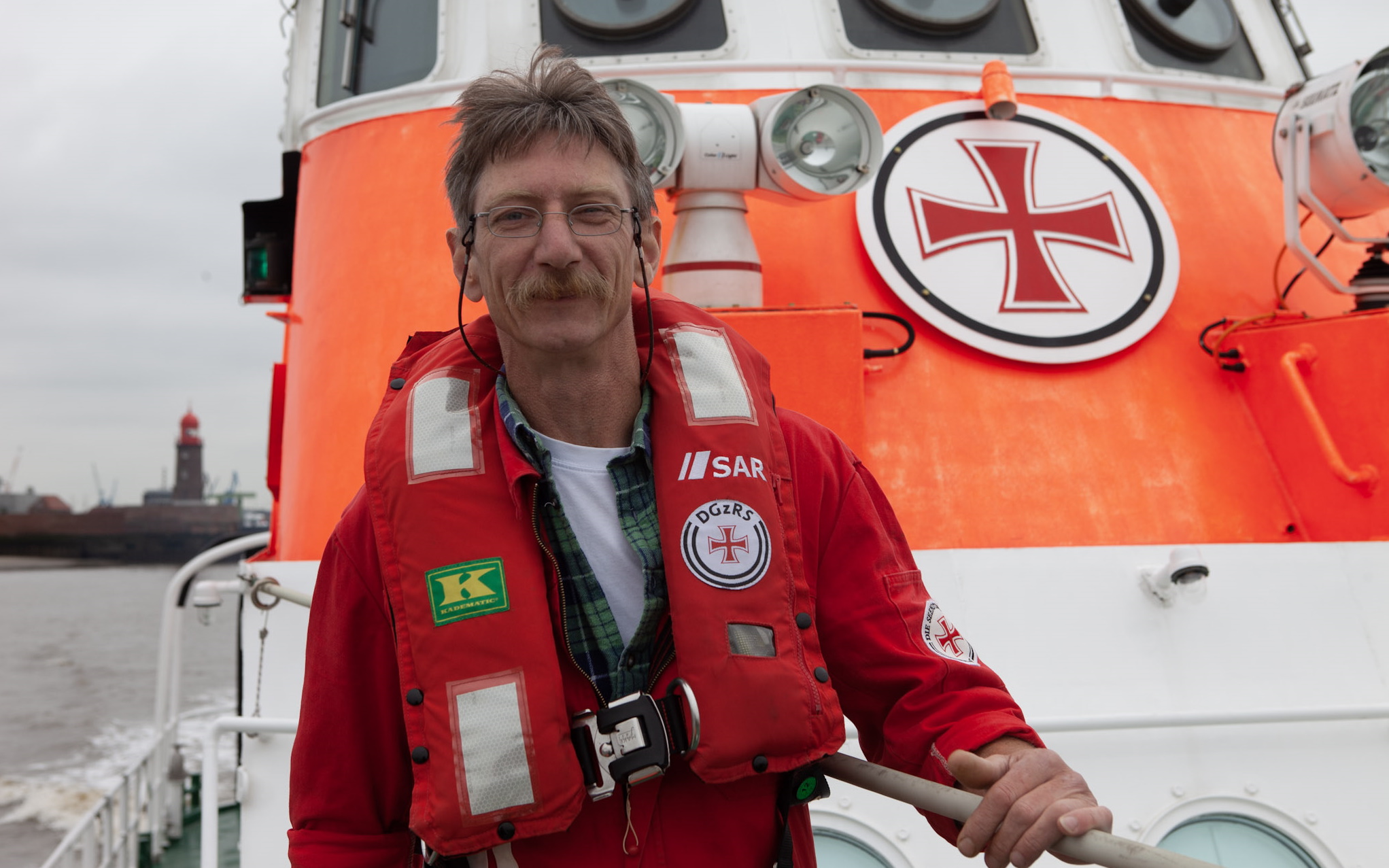

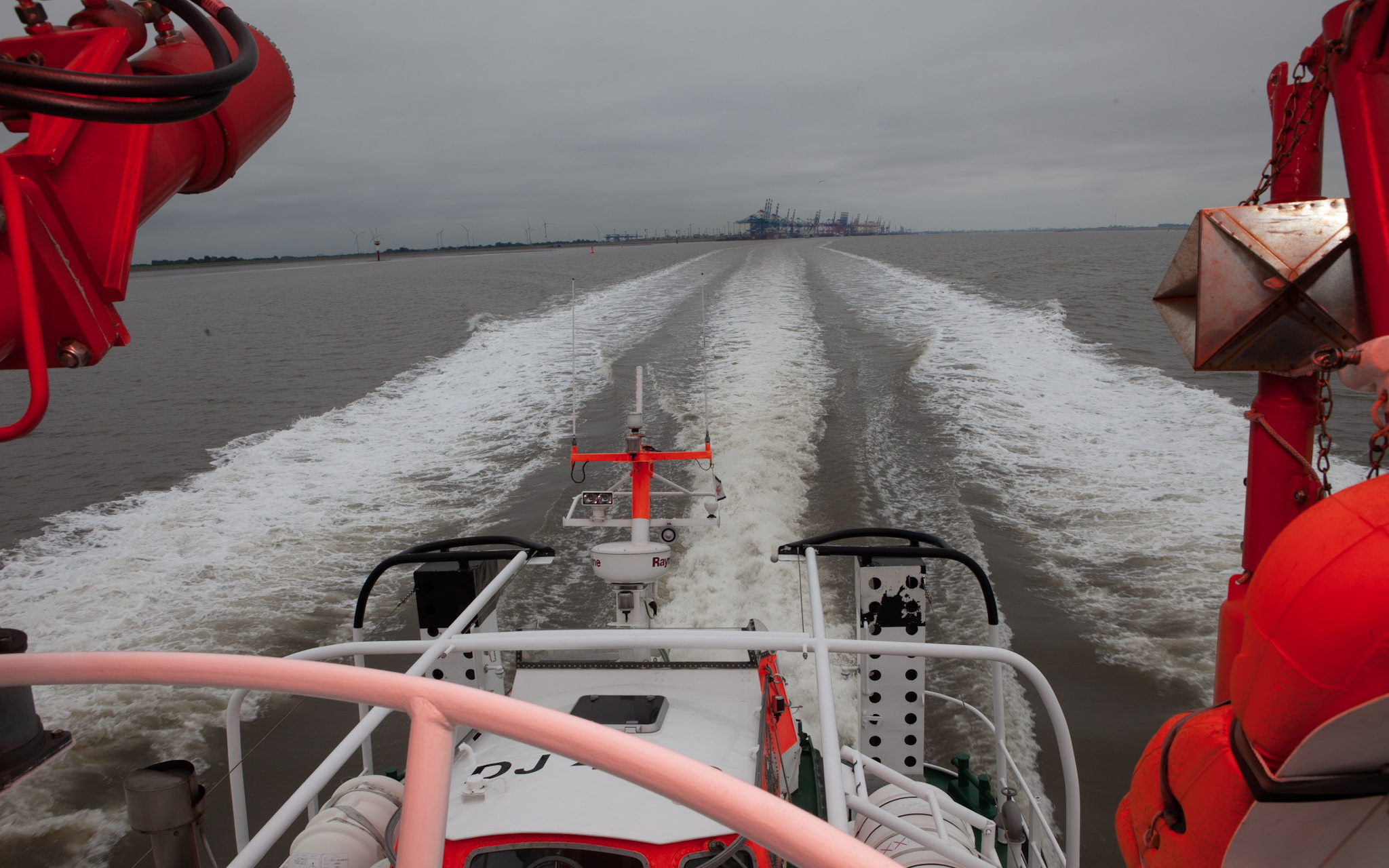
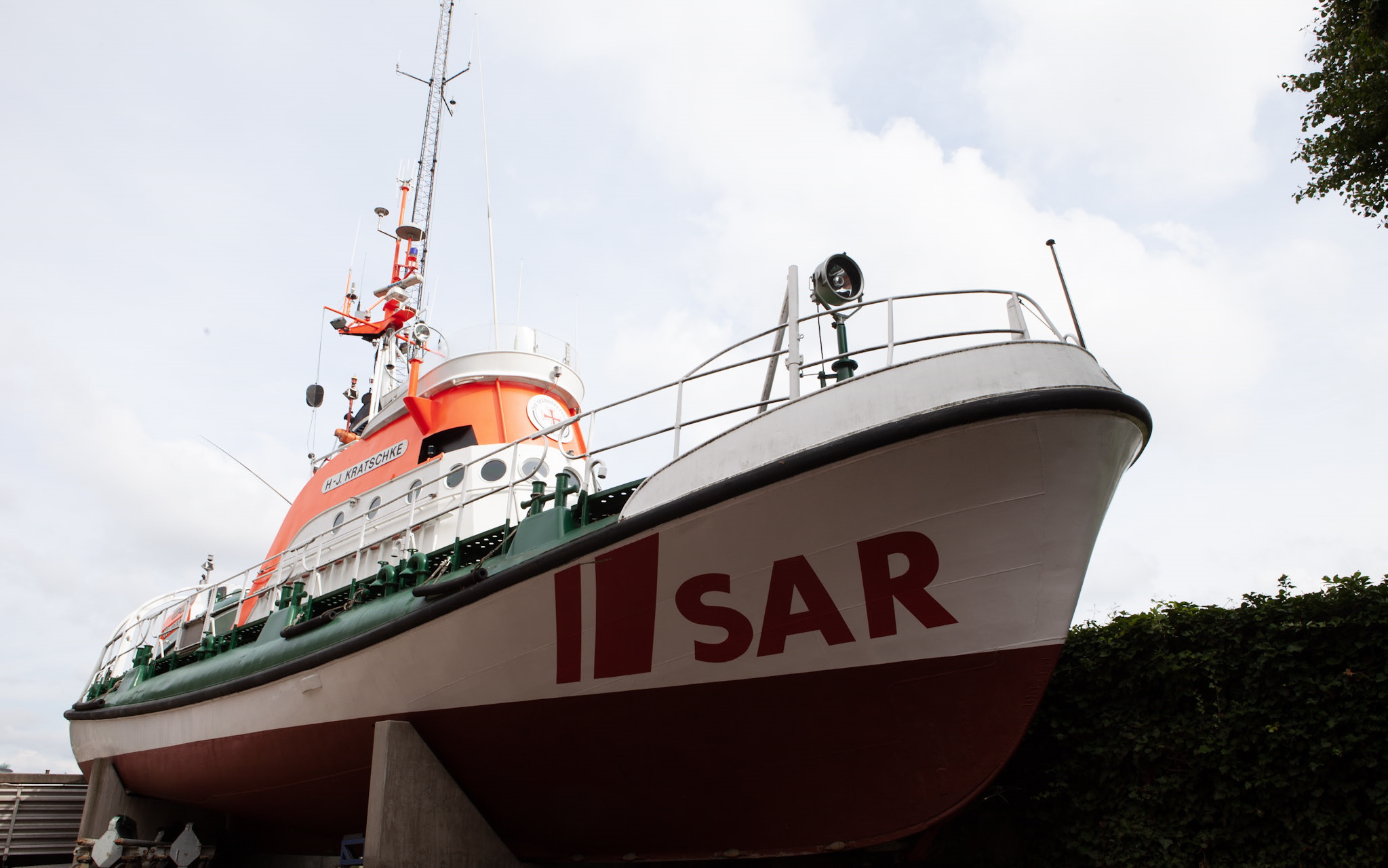
150 years of organised maritime rescue service
With the foundation of the DGzRS on 29 March 1865 in Kiel, a unified maritime rescue service was born. The organisation is headquartered in Bremen. In the early years, fearless men would make their way to the scene of the emergency in rowing boats. On board, complete command resided with the coxswain, who set the rowing rhythm and steered the boat. The first motorised boats went into service in 1911. The technology may have changed somewhat, but the terminology remains the same: Still today, the captain of a rescue cruiser is called the coxswain. Otherwise, the rescue boats in use today have very little in common with their predecessors. They are up to 46 metres long, made entirely from aluminium to keep weight to a minimum and – as in the case of the 23 metre long Hermann Rudolf Meyer – their engines can develop more than 3,000 horsepower. On the water, they can reach speeds of 25 knots. That’s almost 50 kilometres per hour. Modern radar equipment is used to show what is moving on the water, and where, and among other tasks the hydraulic systems open the gate in the stern so that the daughter boat can be lowered into the water if it is being carried by the cruiser. The entire operation is funded entirely by donations, not from taxes or some other institutional source.
HANSA‑FLEX is also on board

A life aboard
There is so much more that could be written about the DGzRS, but unfortunately the space for this article is finite. But anyone who takes the time to find out more about the maritime rescue service quickly realises that they do one of the most important jobs in the world. You only have to read a response report to know: Heroes are not born on television game shows or live singing contests. Real heroes risk their lives every day to save others. In all weathers, at all times of the year, unceasingly. Like the men and women on the rescue cruisers of the DGzRS. They themselves don’t look at it that way at all. Coxswain Ulrich Fader would probably say: “For Pete’s sake. We’re just doing our job.” HANSA‑FLEX replies: “Thank you!”

